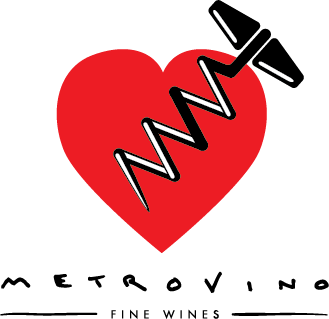by Al Drinkle
Terroir is a lovely French word that can be applied to wine, cheese, honey and other natural products when they demonstrate what wine-writer Matt Kramer aptly refers to as “a sense of somewhereness.” It should encompass a multiplicity of influencing factors of the product’s origin, even if when regarding wine it’s often exclusively if erroneously in reference to soil type. For example, when tasting Chablis and discussing its terroir, amongst other things, aromas and flavours rightly credited to a northern climate and Kimmeridgian soils could be considered aspects of terroir, whereas evidence of oak use would merely indicate a winemaking decision.
Inevitably the lines can be blurry, and due to recent scientific discoveries, many aspects of terroir have become downright contentious. And if scientific over-analysis can take the fun out of sex, it can sure as hell take the fun out of wine! For example, devotees of terroir are now told that the vine lacks the capacity to uptake minerals from its soil and preserve them as flavour components in the wine, so there goes the idea of “tasting” the chalkiness of Champagne, the iron of Pommard or the volcanic spice of Etna. We’re told that at best, soils are important in regards to their water and heat-retention capacities and perhaps their general nutritive contributions to the vine.
Fair enough, but perhaps now the onus is on the scientists to explain why in blind-tasting scenarios, skilled tasters can accurately identify the origin of a wine right down to the soil type or, in exceptional cases, a specific vineyard. To me, this is the most exciting thing about wine – when it conveys secrets about its birthplace that can’t be explained by the abundant minutiae of scientific detail that we’ve amassed. As I type this, scientists who approach wine (and probably sex, music, etc.) with the same dispassionate lack of fervor as they would folding laundry are working hard to replace the concept of terroir with a profusion of chemical banalities. I have the complete opposite goal: to make wine as romantic and delightfully mysterious as possible.
Those who have inhaled the autumnal air of Piemonte can’t help identifying this perfume in the region’s supernal Nebbioli, just like anybody who has taken early morning strolls along the pathways between the misty Mosel river and its dramatic vine-laden slopes can certainly sense the dichotomy of stillness and danger in the wines. And if you’ve ever feasted in Beaujolais, you’ll have noticed that the segue from dining to raging is almost indiscernible as open bottles seem to multiply according to their own design – and you can take this home with you. Paris might be a moveable feast, but Beaujolais is portable party.
Last month, a few colleagues and I were lucky enough to spend some days in Beaujolais with an ancient farmhouse as a home base. Replete with cellars and a functional winery, the house has been in Frédéric Burrier of Chateau de Beauregard’s family for several generations and remains delightfully anachronistic in decor. The walls are laden with black and white photographs of past Burriers and I can feel their placid eyes on me as I move from room to room; no doubt they’re confused by the hectic anxiety of my new-world brain. At night, these eyes give way to virtually palpable atmospheric apparitions, the happy haunts probably remaining because they feel like they’re already in heaven. Outside, undulating hills surge with gnarled Gamay vines, irreverently poised in a vast granite garden to selflessly supply us all with another vintage of the world’s most cheerful wine. I can taste all this and no scientist can take that away from me.
So a new definition of terroir: it’s when a wine is haunted by visceral, wraithlike memories of the place that it grew and by the spectral perseverance of generations of dutiful farmers who brought it to fruition – and when it can communicate these memories to the drinker. The scientific debunking of soil influence doesn’t matter if you believe in ghosts…



